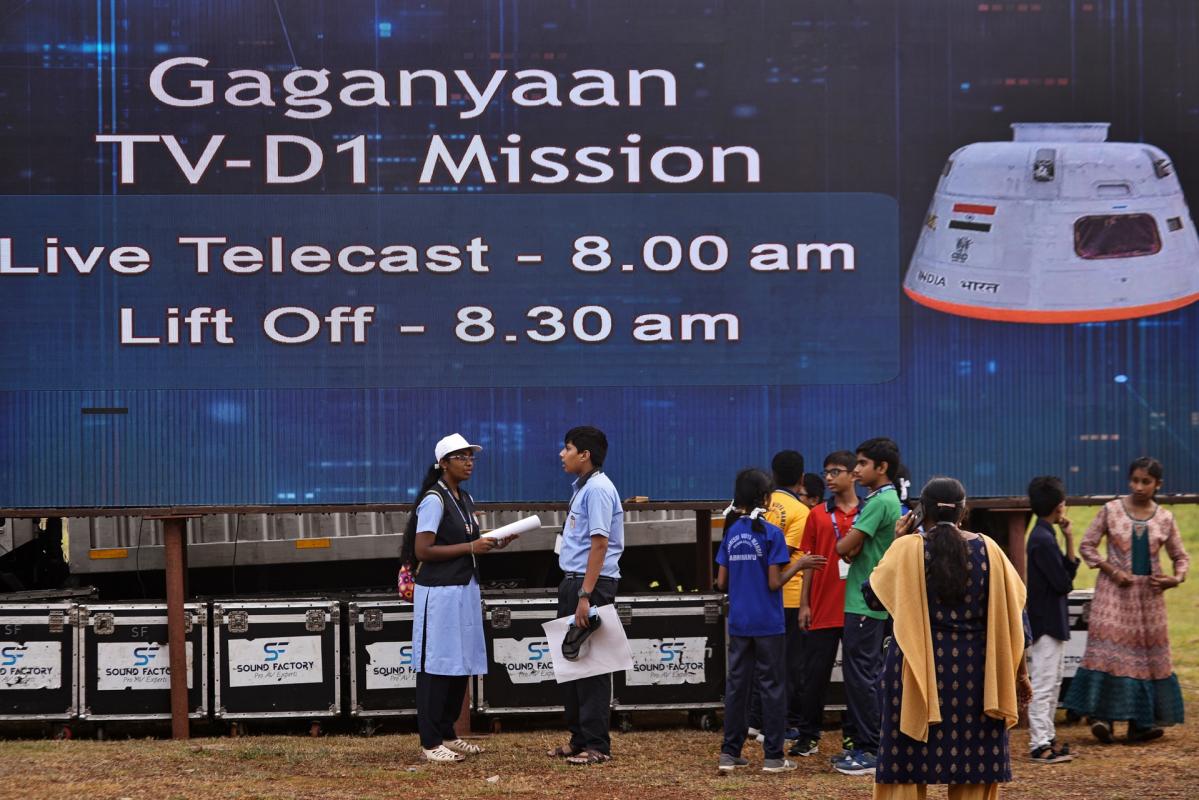New Delhi, Oct 21 (EFE).- India on Saturday successfully carried out the first test flight of its Gajanyaan space mission, through which the Asian country intends to send the first manned mission into space in 2024, which served as a test of the escape system that the astronauts will use in case of emergency. .
The head of the Indian Space Research Organization (ISRO) said, “We are very pleased to announce the success of the mission. The goal was to demonstrate the crew escape system. The vehicle exceeded the speed of sound slightly before the system was activated.” ) s. Sumanath from the control center once the test is completed.
Although the ship was scheduled to take off at eight in the morning local time (2:30 GMT) from central Sriharikota in the southeastern state of Andhra Pradesh, it was finally delayed for two hours for a reason that was not revealed by the Indian Space Research Organization. Publicly, though it was stated that it had been correctly identified prior to launch.
The probe had barely risen for about two minutes, propelled by two large rockets, before a small capsule was taken out in which the astronauts were supposed to travel in the future, and with the help of three large parachutes, it began a slow descent for about eight minutes until landing on the sea.
This was the first test flight of the Gaganyaan space mission, which aims to demonstrate India’s human spaceflight capability.
Gaganyan’s budget is more than $1.08 billion, and he plans to launch a crew of three into a 400-kilometre orbit on a three-day mission after which they will return to Earth, the first operation to take place in 2024. Media.
In addition to this goal, which they hope will serve as a precursor to larger manned missions, Indian Prime Minister Narendra Modi this week announced the Asian nation’s space roadmap for the coming years, which also highlights spacecraft fielding. The first astronaut to the moon in 2040, building a space station by 2035 and new missions to the neighboring planets Venus and Mars.
The Asian nation’s new aspirations in space come on the heels of the successful launch and landing of the unmanned Chandrayaan-3 space mission, which made India the first country to successfully land on the moon’s south pole, an area of the satellite that had until then been unexplored from the surface.
In addition, India launched its first mission to study the Sun, Aditya-L1 (Sun in Sanskrit) in September.
(c) EFE Agency





